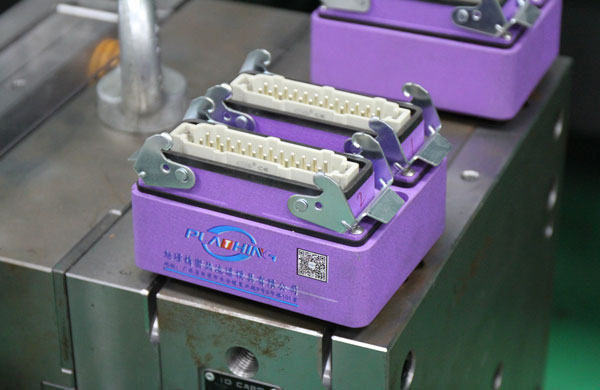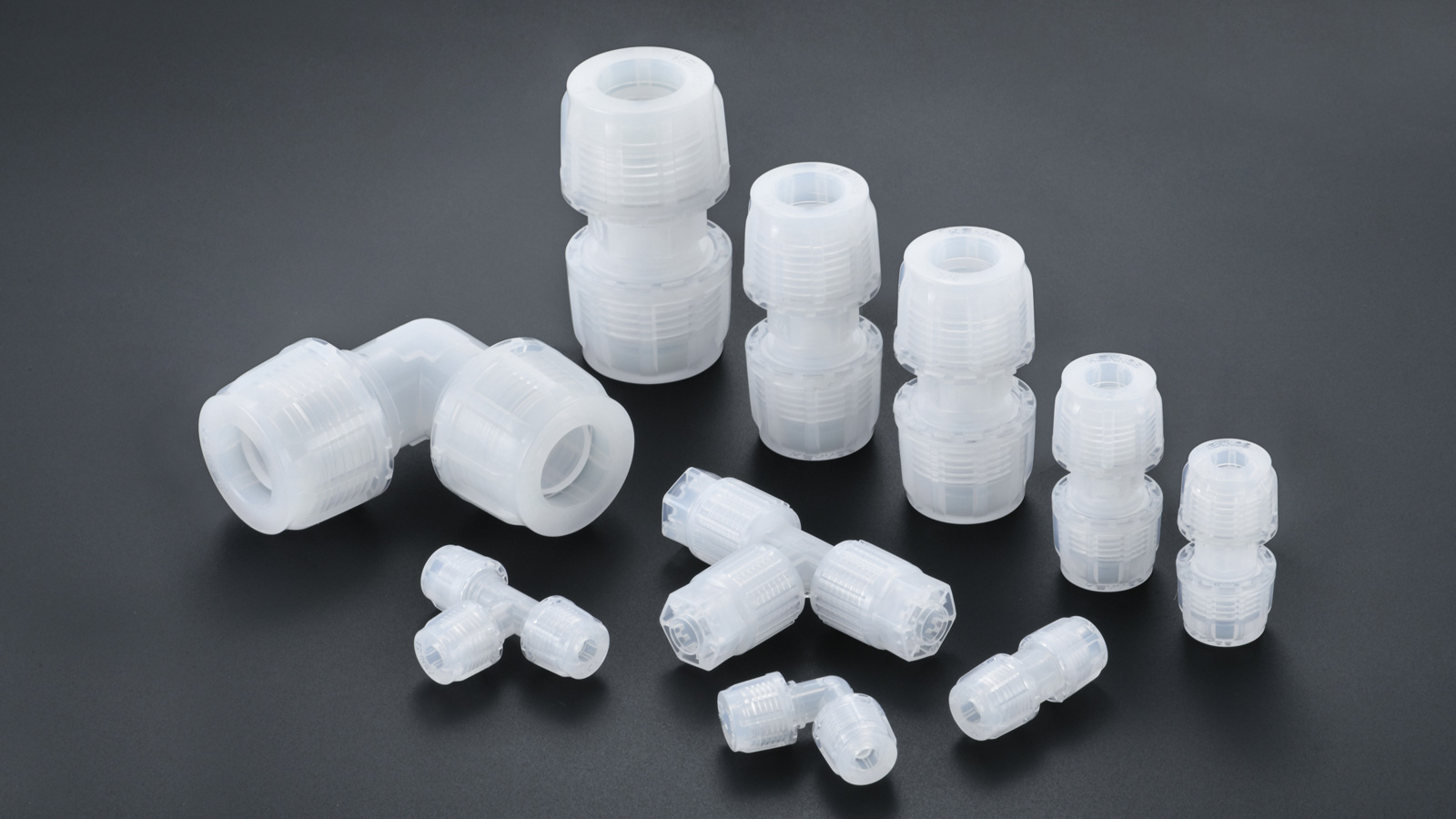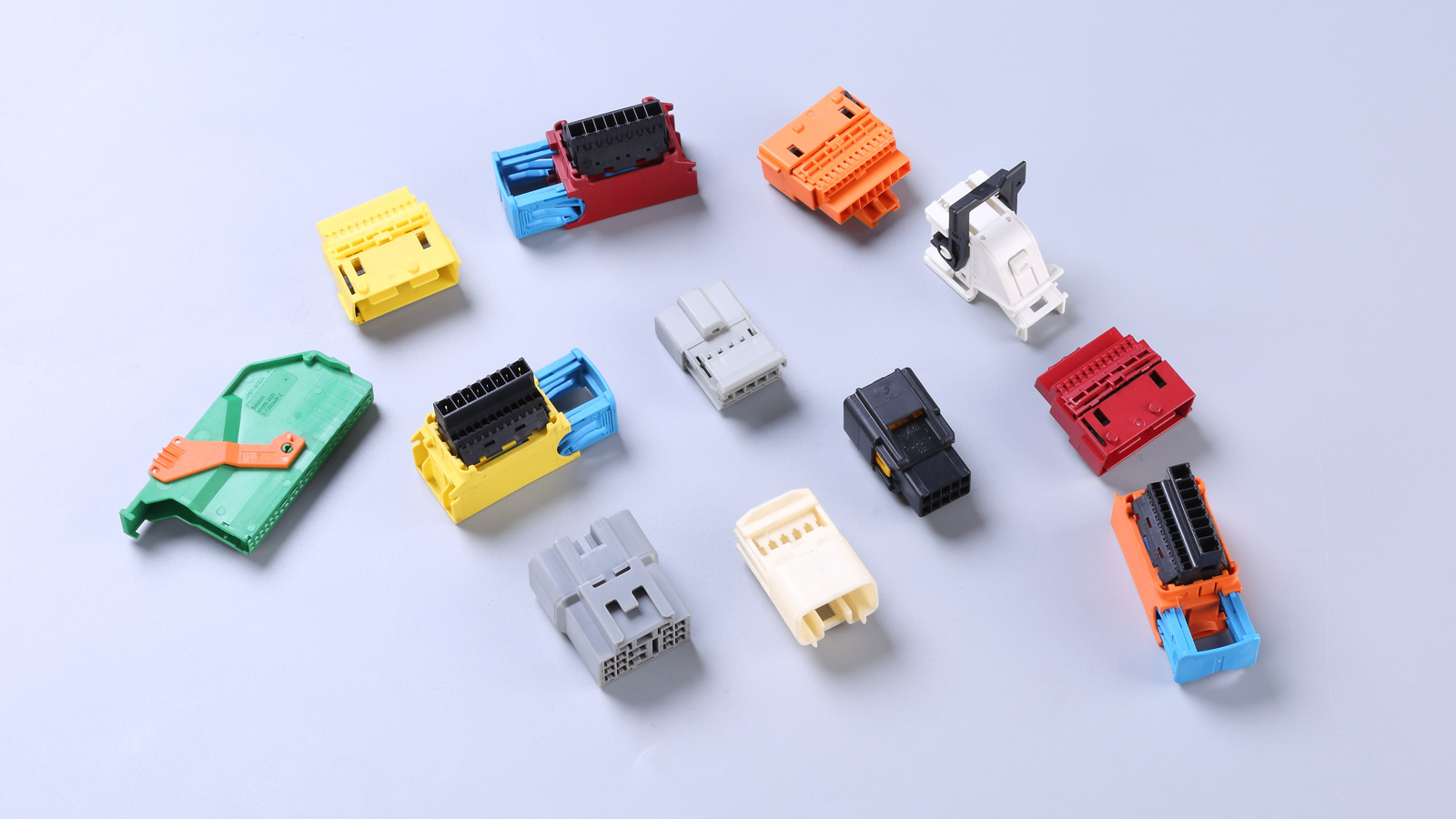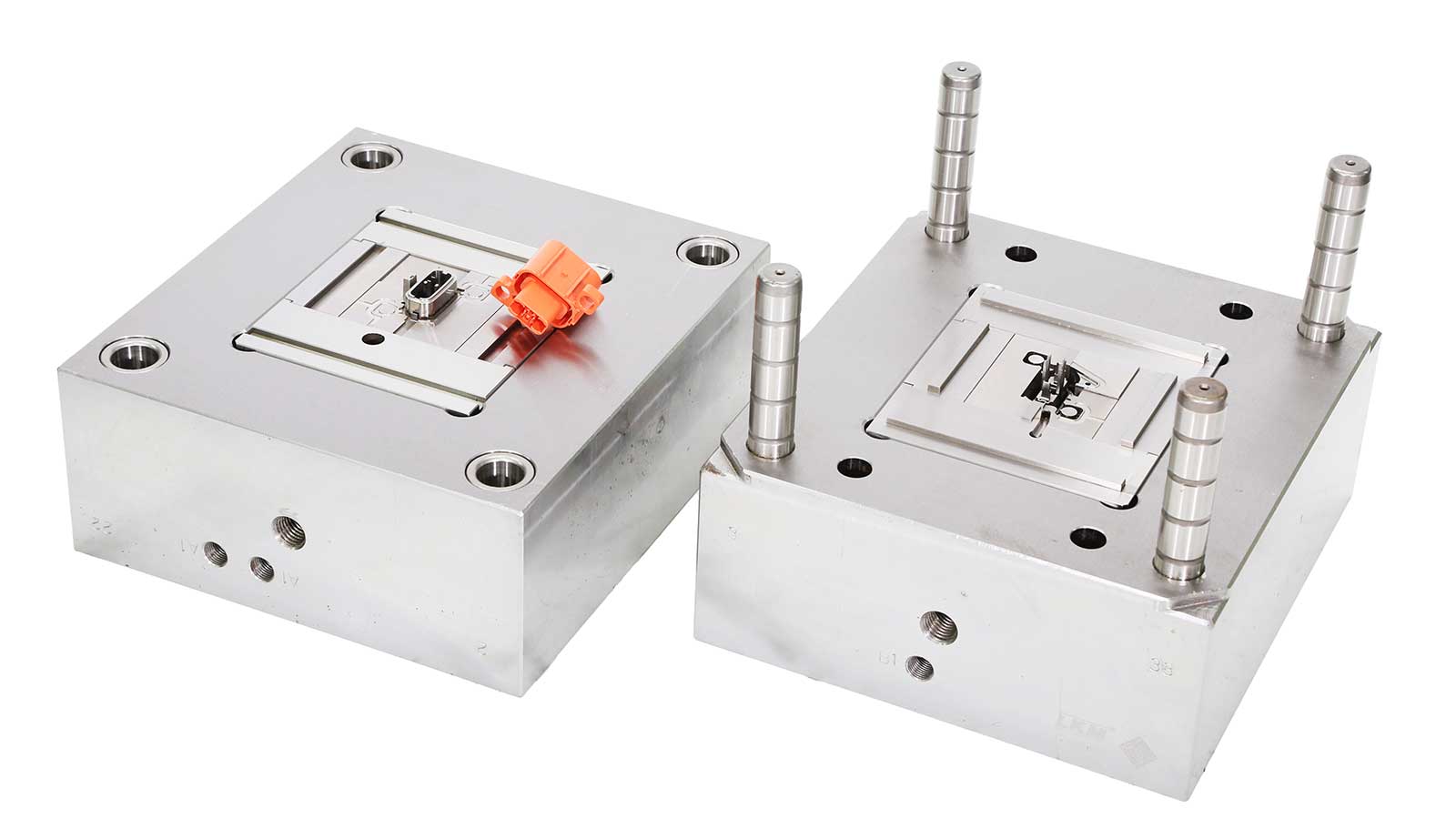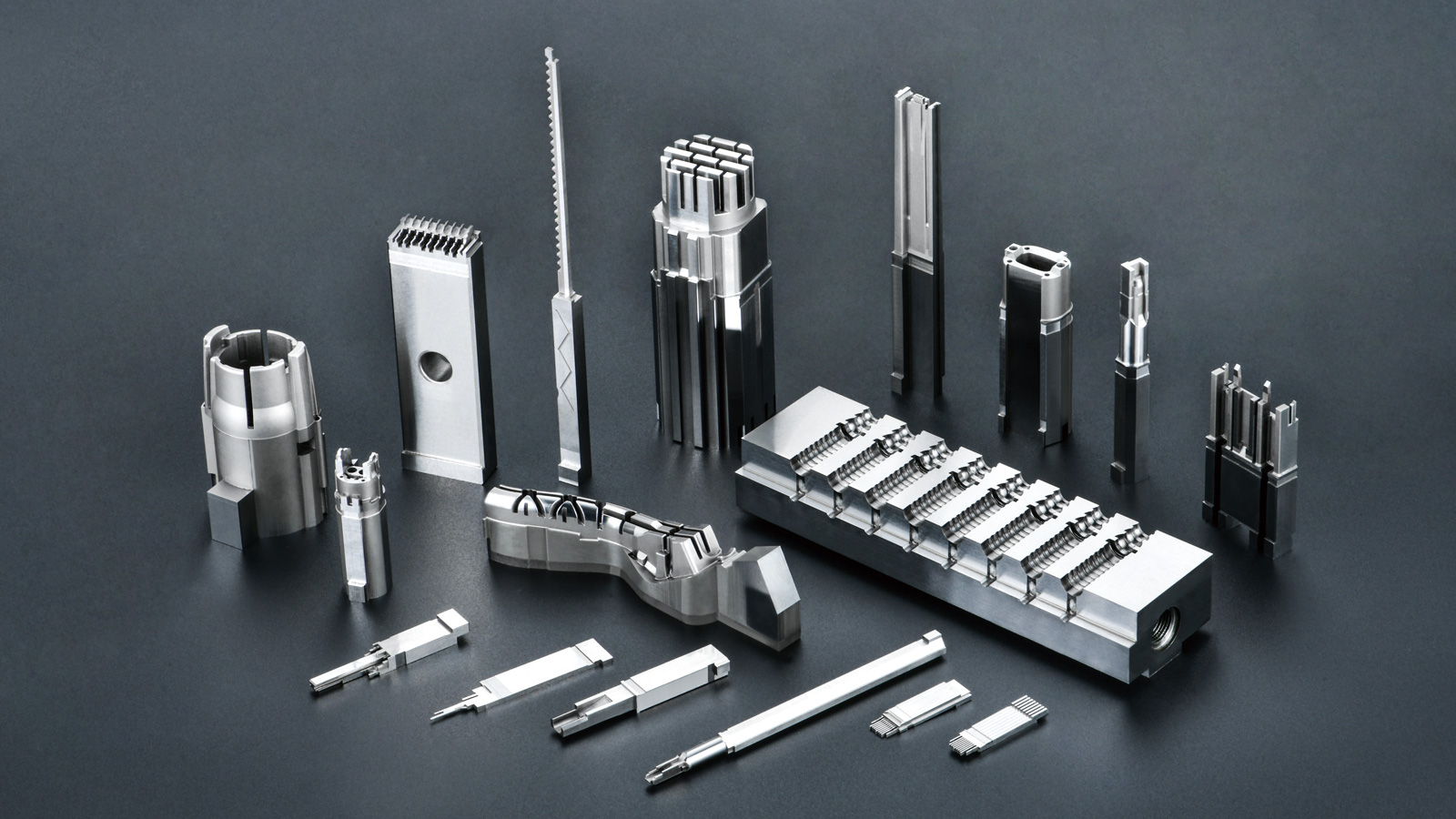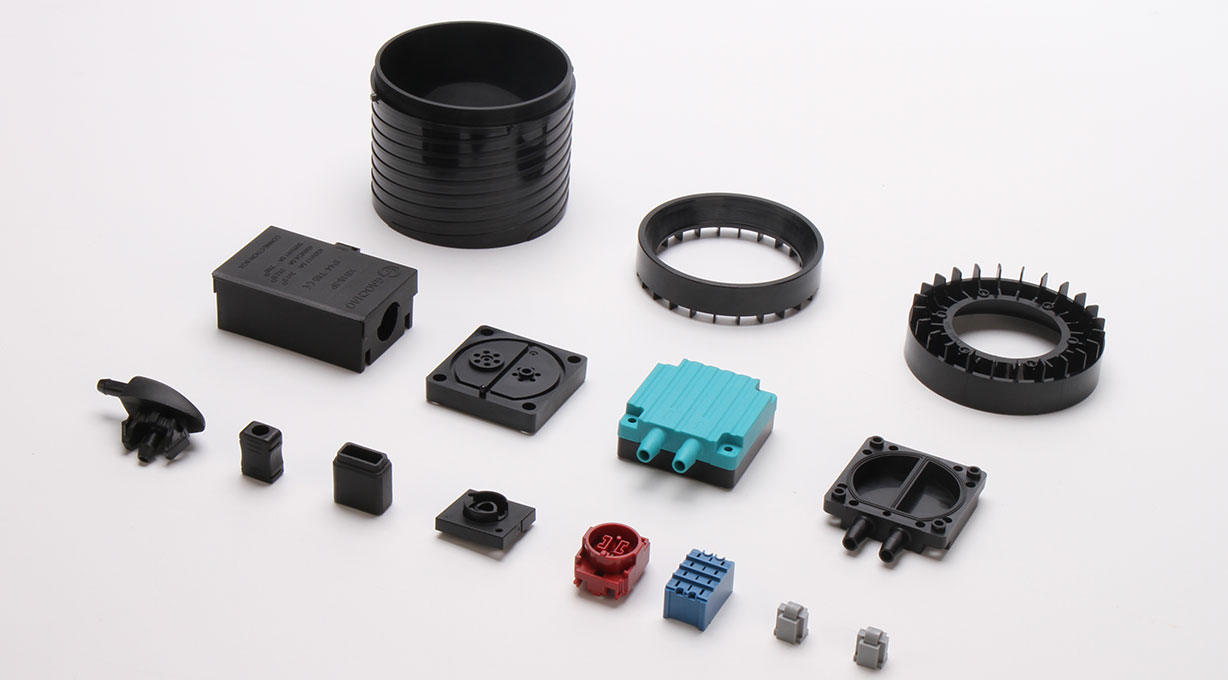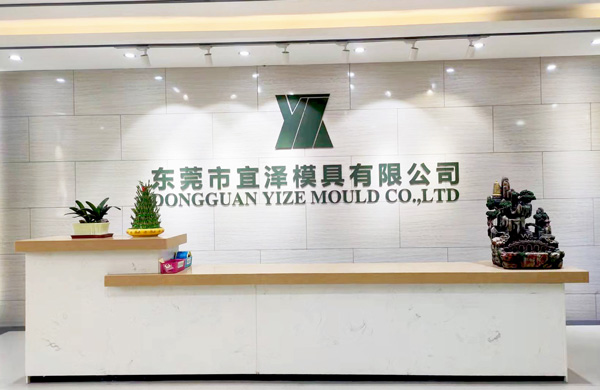Injection molding is a complex but powerful process. By refining each step — from design to production — you can dramatically improve part quality, reduce scrap, and delight your customers.
1. Optimize Part & Mold Design
Good design is the foundation of quality.
Uniform wall thickness: Reduces warpage and sink marks.
Proper draft angles: Eases ejection and prevents surface damage.
Rounded corners: Prevents stress concentration.
Gate and runner design: Optimizes flow and reduces defects like short shots or weld lines.
Ventilation: Helps release trapped gases to avoid burn marks.
Tip: Use Design for Manufacturability (DFM) analysis early to identify potential issues before tooling.
2. Choose the Right Material
The resin must match both the mechanical and processing needs of the part.
Use high-flow materials for thin-wall parts.
Choose low-shrinkage resins for tight tolerances (e.g., PEEK, PPSU, LCP).
Use UV-stabilized or flame-retardant grades as needed.
Dry hygroscopic materials properly (like nylon, PET) to avoid bubbles and brittleness.
3. Use Precision Tooling
The quality of the mold directly impacts part quality.
Use hardened steel for longevity and dimensional accuracy.
Maintain the mold regularly: polish cavities, clean vents, check for wear.
Implement conformal cooling for more even temperature control.
Ensure high precision in core/cavity alignment.
4. Control the Injection Molding Process
A stable and optimized process ensures consistency.
Set optimal melt temperature, injection speed, and holding pressure.
Monitor cooling time to avoid warping or incomplete solidification.
Maintain consistent clamp force to prevent flash.
Use scientific molding techniques: shot size studies, gate freeze time analysis, pressure curves.
Tip: Use process monitoring systems to log and control every cycle.
5. Quality Assurance & Inspection
Don’t rely on end-of-line inspection alone—integrate quality checks throughout.
Use first article inspection (FAI) and in-process sampling.
Employ vision systems or laser measurement for real-time defect detection.
Apply statistical process control (SPC) to monitor process stability.
For high-precision parts: conduct CMM (Coordinate Measuring Machine) checks.
6. Train Operators & Engineers
A well-trained team knows how to spot issues early and troubleshoot efficiently.
Train staff on machine setup, material handling, and defect identification.
Encourage cross-functional collaboration between design, tooling, and production teams.
7. Maintain a Clean Production Environment
Especially important for medical, semiconductor, or optical parts.
Control dust, humidity, and temperature.
Use cleanroom environments if required.
If you’re producing parts with tight tolerances, using high-performance materials, or dealing with critical applications like medical or semiconductors, every micron counts — and process discipline becomes even more essential.
Yize Mould focuses on precision injection mold, medical injection molding, plastic injection molding, machining parts and PFA tube fittings
